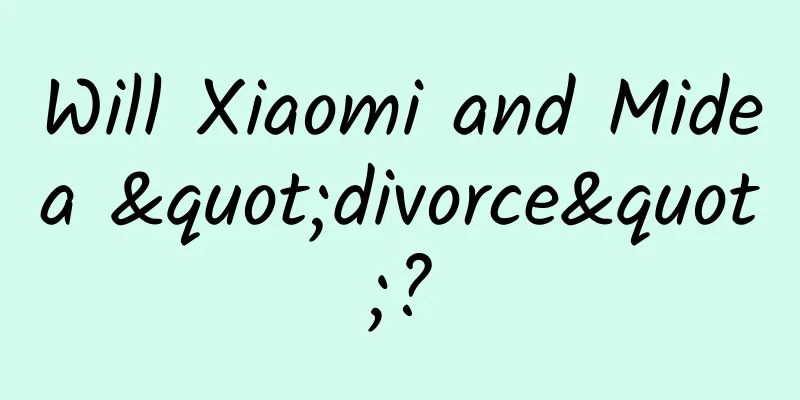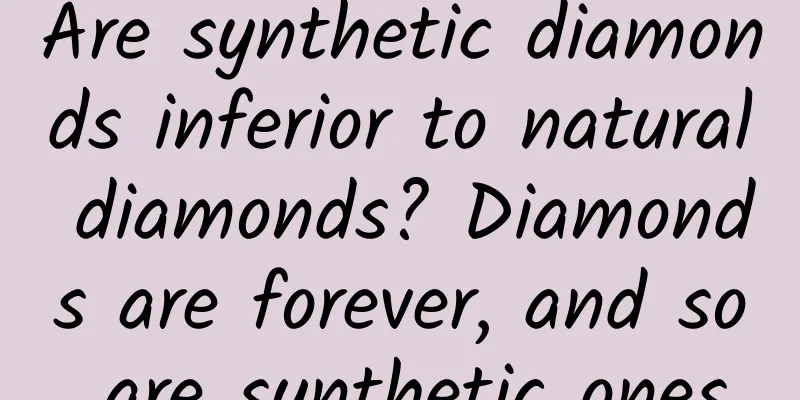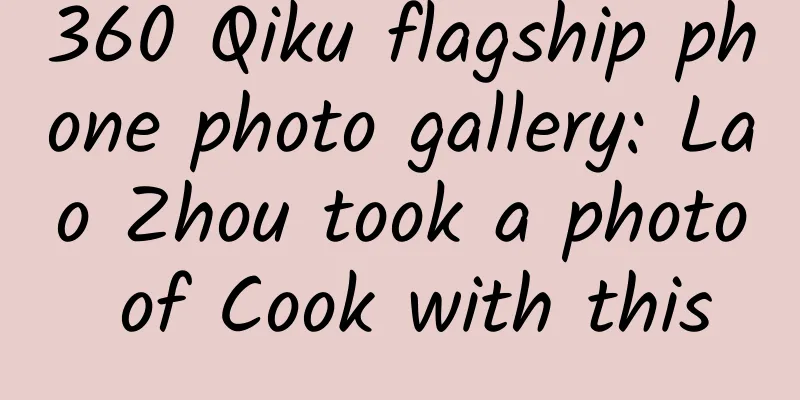Is the "quantum dot TV" that was popular in 2015 worth buying?

|
At the end of the year and the beginning of the next year, the word "quantum dot" suddenly became popular in the TV industry. First, TCL and Changhong launched new TVs based on quantum dot technology, and then Samsung and LG also unveiled products using similar technology at the CES Consumer Electronics Show in the United States. So, what is quantum dot, and should it be considered when buying a TV in 2015? This is the topic we are going to discuss today. What are the advantages of quantum dot TV? Since titles with "quantum dot TV" have been appearing frequently on the Internet recently, many people may think that this is a new thing like plasma TV. In fact, quantum dot TV is still LCD TV. The biggest difference from previous LCD TVs is that it uses a new backlight technology, based on which the display quality of the TV has been significantly improved. Since flat-panel TVs became popular around 2006, LCD TVs have gradually replaced CRT TVs, rear-projection TVs, and plasma TVs with their industrial advantages. However, the problem of poor display quality of LCD TVs has always existed, which is mainly reflected in the following aspects: compared with plasma TVs, LCD TVs have low contrast (resulting in insufficient black depth), low color gamut (resulting in insufficient color brightness), and long response time (there will be ghosting when watching football games). Quantum dot TVs solve the problem of low color gamut among these three problems, and surpass plasma TVs in one fell swoop. (The black dotted line is the color gamut of quantum dot TVs, and the white dotted line is the color gamut of traditional TVs) TIPS What is color gamut? Generally speaking, the color gamut of a TV can be understood as the range of colors that can be displayed. The wider the color gamut, the better the color performance (of course, it also depends on the color adjustment level of the manufacturer). The NTSC color gamut standard is usually used in the TV industry. We can understand the color gamut level of different types of TVs through objective values. NTSC color gamut coverage CIE1931 values of common display devices (the larger the better): High-end CRT TV ≈ 70% Plasma TV 81% Ordinary LED LCD TV 68-72% Quantum dot LCD TV 110% OLED TV 85% (LG brand) From this comparison, we can see that quantum dot TVs are based on mature liquid crystal technology, but their color gamut coverage is no less than that of OLED TVs, which are considered to be the future star. This is indeed very attractive. However, we should also clearly realize that color gamut is only part of the picture. Plasma and OLED still have overwhelming advantages in contrast and response time. (The yellow substance in the tube is the mysterious quantum dot material) The past and present of quantum dot TV After consulting professionals, the author learned that traditional LCD TVs use white light LEDs as backlight sources, which are cost-effective and have become mainstream; but in this white light component, the color purity of red and green light is not high, which means that the color gamut performance is not ideal; quantum dot TVs use blue light LEDs as backlight sources. When this blue light passes through a material medium containing cadmium, it reacts with extremely fine nanoparticles in it (these particles are called quantum dots by TV manufacturers, but in fact they should be called nanodots to be more accurate), emitting very pure red and green light. In this way, the three primary colors are gathered together and mixed into pure white light as the backlight source of LCD TV, so the color gamut performance of quantum dot TV is very ideal. In other words, the essence of quantum dots is a backlight technology. However, there are two schools of thought on how to make the cadmium-containing materials mentioned above. One is to make it into a thin film and cover it behind the liquid crystal. Its cost will increase significantly with the screen size, so it is suitable for small-screen devices such as mobile phones and tablets. The other is the Color IQ technology developed by the American QD Vision company, which makes the cadmium-containing material into a thin tube and blocks it in front of the LED tube. It has cost advantages and most quantum dot TVs currently use this solution. Although the term quantum dot TV has only recently emerged, the technology used has actually been in practical use for a long time. After checking the information, the reporter found that Sony launched a technology called "TRILUMINOS" in 2013 and applied it to its high-end models. This is actually based on the Color IQ technology developed by the American company QD Vision. As for why other manufacturers are only now starting to promote quantum dot technology, one person in the TV industry said: In 2013, they were busy promoting smart TVs, and in 2014, they were promoting 4K ultra-high-definition TVs, and it was not until 2015 that it was the turn of quantum dots. The attitude of each TV brand Quantum dot technology has significantly changed the structure of the backlight source, and used new materials to improve the display effect, which naturally increased the manufacturing cost. The reporter learned from professionals that for a 50-inch TV, if quantum dot technology is used, the cost will increase by $50-60, accounting for more than 10% of the cost. Such costs mean that quantum dots can only be used in mid-to-high-end models, and different brands have different attitudes towards it. Sony As early as 2013, Sony launched a series of televisions using quantum dot technology, but Sony itself named it "Triluminos". Up to now, this brand has covered many mid-to-high-end models, and the cheapest model is 49 inches, priced at more than 8,000 yuan, which is indeed not cheap. Samsung At the CES Consumer Electronics Show in the United States in early January, Samsung launched a series of televisions called SUHD TV, which actually also uses quantum dot technology to achieve more than 100% NTSC color gamut. Another feature of this machine is that it is equipped with the Tizen operating system developed by Samsung. On February 10, SUHD TV was unveiled again at the Samsung Forum held in Hong Kong. This series will cover 9 sizes from 48 inches to 88 inches, giving consumers a wider range of choices. LG LG also exhibited its own quantum dot TV at CES, but it was called "Color Prime Wide Color Gamut". From the name, we can see that this is also a mid-to-high-end series. Hisense Hisense named its quantum dot TV "NEW ULED", which sounds like an upgraded version of Hisense's previous ULED, but it actually uses a brand new technology. Hisense has already exhibited the NEW ULED TV at CES Shanghai, but after communicating with Hisense staff, the reporter learned that it will take some time for the product to be launched in China, at least after the Lunar New Year. TCL As early as mid-December 2014, TCL had already launched its own quantum dot TV in China, with a 55-inch 4K ultra-high-definition model priced at 12,999 yuan. Hao Yi, CEO of TCL Multimedia, said that more sizes of quantum dot TVs will be produced in the future, and the price is expected to be lower. Changhong At the end of December 2014, Changhong launched two quantum dot TVs, 55-inch and 65-inch, both of which are high-end models, including a curved screen model. The specific price has not yet been disclosed. Skyworth and Konka After communicating with relevant staff, the author learned that Skyworth and Konka currently have no plans to launch quantum dot TVs. In 2015, Skyworth will continue to promote WRGB four-color ultra-high-definition TVs, while Konka has plans to cooperate with Internet companies. Question: Is quantum TV worth buying? From the display effect point of view, quantum dot TV has achieved a leap forward in mature LCD technology, and is certainly worth buying. But for most of us consumers, budget is also an important factor in deciding to buy, so we have to consider a few more points. Taking Sony, which has the most quantum dot TV models, as an example, a careful comparison will reveal that in the medium-size segment of 48-50 inches, quantum dot TVs are 1 times more expensive than traditional models; and in the large-size segment above 65 inches, the price difference between quantum dot TVs and traditional models of the same grade is much smaller. Looking at TCL, the previous generation of 55-inch flagship phone now costs 10,999 yuan, while the newly released 55-inch quantum dot TV costs 12,999 yuan, which is only 2,000 yuan more expensive. This means that if your budget is to buy a large flagship TV, just choose a quantum dot model without hesitation; if your budget is limited and you want to buy a medium-sized TV, you should not consider quantum dots for the time being, as the current price is not cost-effective. Or wait for another year or two, when quantum dot TVs are mass-produced, the price will drop to normal levels - there is a precedent for this. When LED TVs first came out, they were very expensive, but now they are everywhere. As a winner of Toutiao's Qingyun Plan and Baijiahao's Bai+ Plan, the 2019 Baidu Digital Author of the Year, the Baijiahao's Most Popular Author in the Technology Field, the 2019 Sogou Technology and Culture Author, and the 2021 Baijiahao Quarterly Influential Creator, he has won many awards, including the 2013 Sohu Best Industry Media Person, the 2015 China New Media Entrepreneurship Competition Beijing Third Place, the 2015 Guangmang Experience Award, the 2015 China New Media Entrepreneurship Competition Finals Third Place, and the 2018 Baidu Dynamic Annual Powerful Celebrity. |
<<: Dr. Mo: The content media industry is in a new dilemma of transformation
Recommend
The "Food Compass" is here! No more worries about eating?
Chinese people pay great attention to diet therap...
Kaola.com Product Analysis
Kaola.com (formerly known as NetEase Kaola) is an...
How to improve APP’s next-day retention?
What is next-day retention? Next-day retention, o...
Is event planning and promotion really as simple as you think?
[Introduction] Recently, due to the impact of the...
About 1.5 billion people have hearing loss! Noise-isolating earplugs vs. noise-isolating earmuffs, which one is better and how to choose?
The World Hearing Report released by the World He...
The iPhone is getting bigger and the iPad is dying
IDC released a report saying that it expects globa...
Baidu Union account establishment and creative production, how to build Baidu Union promotion?
1. Account establishment (1) Establishing a netwo...
A high school student was sleepy, and a checkup revealed that he was suffering from severe depression! Which key groups are more likely to have psychological problems?
Recently, it was reported that a high school soph...
How can a sea lion traveling at 40 km/h catch a tuna traveling at 160 km/h?
There is a scene in the documentary "Blue Pl...
How to apply for the 400 service phone number? How to apply for the 400 customer service phone number?
How to apply for a 400 service phone number? How ...
From Kaixin.com to Plato, any social operation without barriers is just hooliganism!
In the turbulent July, the long-dormant Internet ...
The old driver was so happy that the car WeChat was released immediately: No need to do anything
On the afternoon of November 21, the World 5G Con...
Will I get pneumonia if I keep coughing after having a positive test? How to relieve cough? 10 questions about cough
Source: People's Daily The cover image of thi...
4 replicable refined operation methods!
The fission gameplay template is important, but w...









